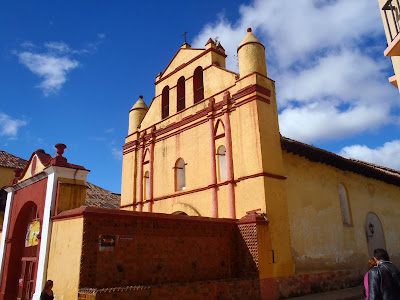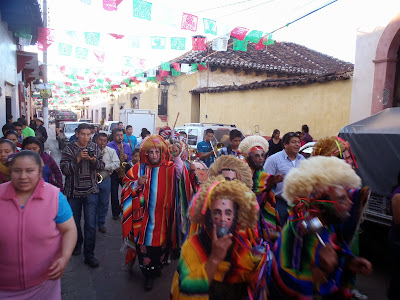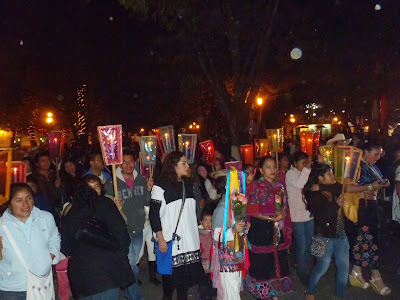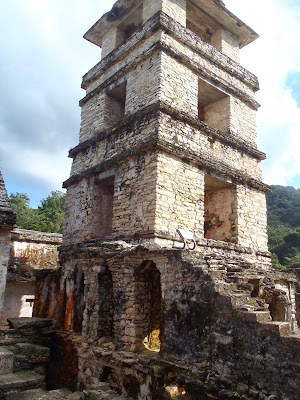It is that time again....DOLCE VITA BLOG
I believe my last communication was not up to its normal excellence. I did caution you however that it was meant for cruisers rather than, shall I suggest, normal people. However, I left you with a promise to do better in my next blog. It is time to keep my promise.
First a short review. We last reported our position in Chiapas, Mexico. This is a southern most state in Mexico bordering Guatemala. I did not stop here going south 4 years ago since the facilities there were poor. Since then, the new marina has been finished and is enjoying the company of many cruisers headed north or south. The location of this port is convenient as a staging area for boats wanting to go north or a rest area for those boats headed south. The reason is an area called the Tehuantepec. This crossing is reportedly one of the top 10 most dangerous areas for stormy seas in the world. We waited 18 days for a weather window to open before setting sail going north. The seas were calm, too calm, and we had to motor most of the 2 days crossing.
Our next stop was Huatulco. This is a popular place for tourists and cruisers alike. The city was once a small fishing village until the Mexican government decided to invest many millions of dollars in infrastructure and incentives for new businesses to attract tourist. It worked. It is now a wonderful place to visit and explore the many bays off of its coast line.
These are photos of some of the bays. Each is part of a national park and as such they are protected.
While in Huatulco I decided to look up an old girlfriend. We always did have a difficult time giving each other a hug.
We took the opportunity to travel inland, by bus, to visit an old Spanish colonial city. San Cristobal was a 10 hour bus ride up the mountains but worth every minute. There were celebrations in the city while we were there and we were swept up in all of the excitement. Parades, music, dancing, fireworks and colorful lights and decorations.
Mothers dress up their children in native costumes.
Next stop on our trip inland was a 5 hour bus ride to the Palenque Ruins with short stops at some waterfalls. Here is a brief history of the ruins.
Origins of the name
The real name of the ancient city of Palenque is Lakamha ', meaning "the place of the great waters," it may be due to two reasons the first is because the Don Juan Hill where it forms a Great Glen constant rainfall that give rise to various streams that cross the city Palenque in a fluid being to north to its junction with Brook Michol recorded. The other possibility is that your name on the powers of the mountain hundreds of clouds coalesce which promotes the rains in this region rush. In addition, it should be mentioned that the archaeological site named neighboring community founded in the late sixteenth century, Santo Domingo de Palenque. The meaning of Palenque, means "Estacada" or "Pale" is a circle of wood to secure a site. It is possible that on the north side by the area of the "Pillory" villagers have observed the existence of a barrier that we formed part of Sacbé or white road which linked to other sites Palenque Valley Tulijá today. Importance Palenque was next Tikal and Calakmul with one of the most powerful cities of the Classic Maya site of one of the most remarkable dynasties belonging to Pakal, whose tomb was discovered in 1952 by archaeologist Alberto Ruz L'Huillier. Like all classic Mayan cities Palenque was related to others through exchange trading networks or alliances between groups of rulers. The territory was organized from the existence of city-states, whose centers have been identified by the presence of so-called emblem glyph, but the basis of this organization: sharing, partnerships and of course war is a constant mobility of it, but the hieroglyphic inscriptions not only provide site identification, also account for marital and political alliances and war situations between cities. Mayan inscriptions have been extensively studied as one of the first signs of writing in Mesoamerica with alphabet logosyllabic , and its calendrical systems: one cyclic, as elsewhere in Mesoamerica and other linear, called Long Count. Timeline: 500 to 900 AD Location principal chronological: Classic, 400-900 ADSite history Late Classic period, Palenque was abandoned by its inhabitants and invaded by the jungle, losing all reference to its existence, insomuch that when Hernán Cortés happens in conquest towards the Hibueras is not informed of their presence. Forgotten for a long time, the site emerges before us in the late eighteenth century by the concern of a number of Chiapas Creole intellectuals and Guatemalans who helped confirm the beginning of the research on the site. Currently, archaeological research in the area continue at the level of field work, materials analysis and evaluation of data, with the overall aim of increasing the knowledge of the social economic organization, political and Palenque . Places description On the foothills of the Sierra Madre de Chiapas on the border of the coastal plain of the Gulf of Mexico, amid a landscape of jungle and high abundance of surface water, Palenque was founded as a village dedicated to agriculture. The architectural and sculptural remains of the site are known as the Late Classic (600-900 AD) period. However, they have recovered archaeological materials indicate that early Palenque date back to at least 100 AD At the beginning of the classical period of Palenque, circa 300 AD to 600 AD, the site has a growing west though remains a small place and still without significance that goes subsequently acquire in the Maya area. Overall the site is made up of over 200 architectural structures, different in size and complexity among which are: Group I - II, Group Bat, Group B, Group C, Group North, Temple of the Inscriptions, Temple of the Red Queen (XIII), Calvary Temple, Temple XI, Group IV, Game Ball, Aqueduct, Group XVI, Temple IV, Temple XIV, Plaza del Sol, Sun Temple, Temple of the Foliated Cross, Temple of the Cross Temple and Beautiful Relief.
First are photos of the waterfalls.
Here are a few photos of the ruins. For more information and photos, visit the web site Palenque Archaeological ruins.
Next stop was Acapulco. This is just a big dirty and noisy city but Joyce wanted to see it so she can say she had been there. We did get some fun photos.
Let me think. Do I want a beer or a margarita and maybe a fish taco. Oh what the hay, bring it all.
This now brings you to Zihuatanejo where I continue to be warmed by the sun. Joyce has jumped ship. Her daughter and husband insisted she come home for Christmas and sent her an airline ticket. She has been away from family for a year and is very excited to return for a visit. Maybe my children can take a hint and do the same sometime down the line. :-)
Having a good time here, visiting other cruisers whom I have met along the line and am invited onto another boat for Xmas dinner. I don't have any photos of this town so you will have to book a flight here to see and enjoy for yourself.
As a reminder. Doubleclick on a photo if you want a full screen view and then press the 'esc' key to return to normal mode.
Have a wonderful Christmas and enjoy the new year.
Until next time, be safe out there
Denny
Dolce Vita




















































